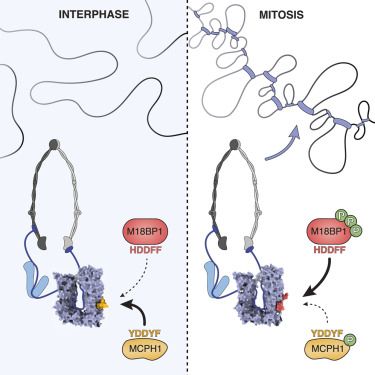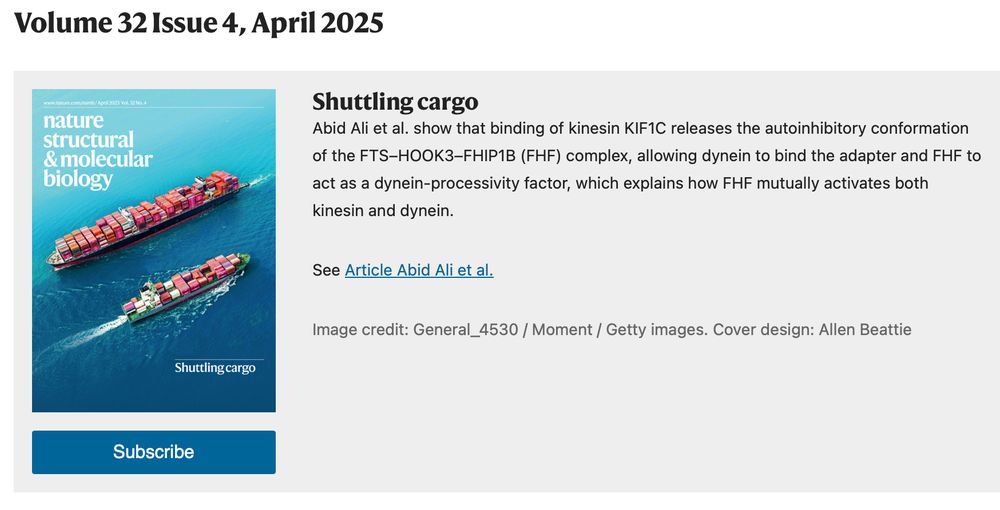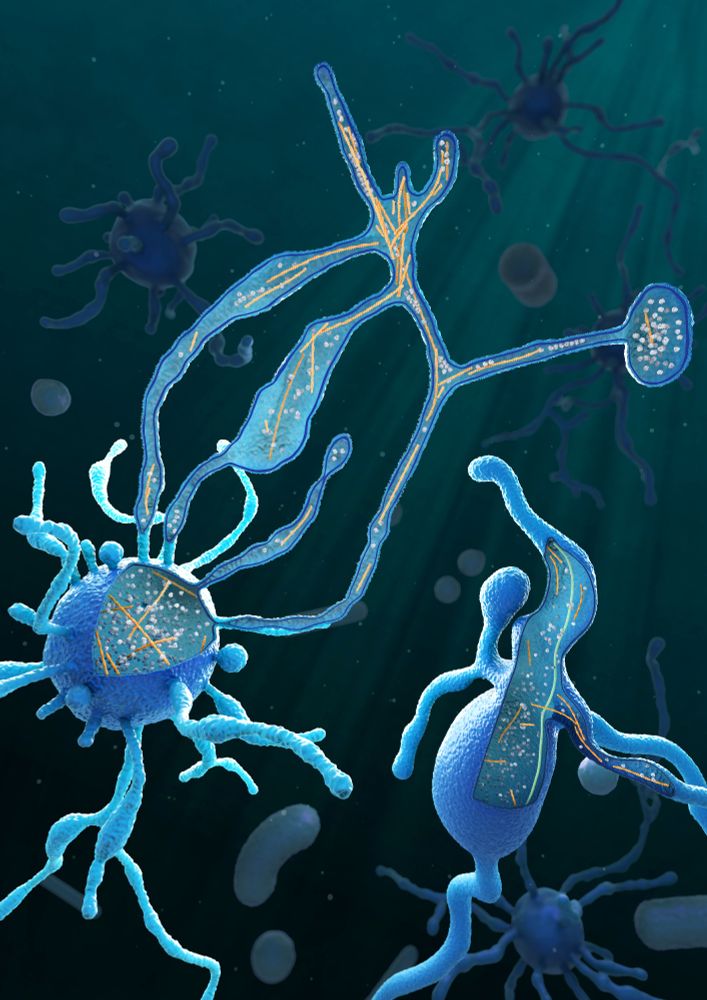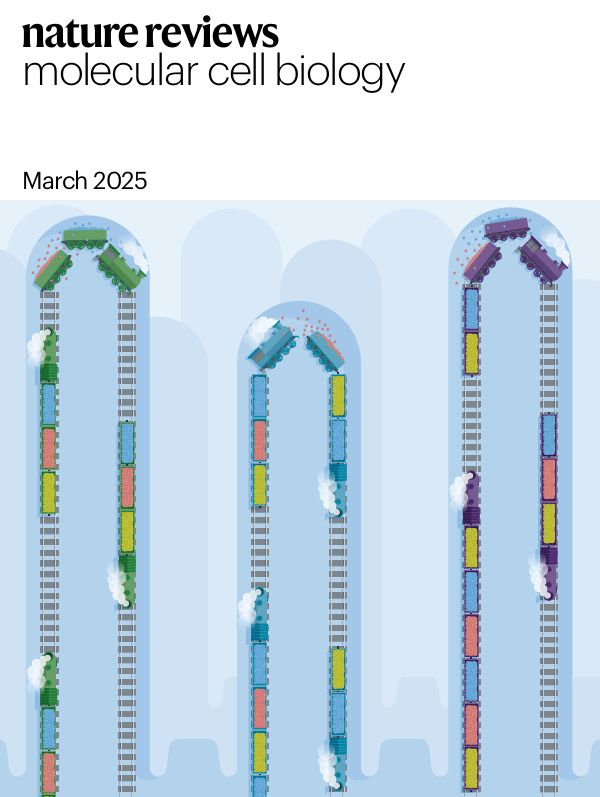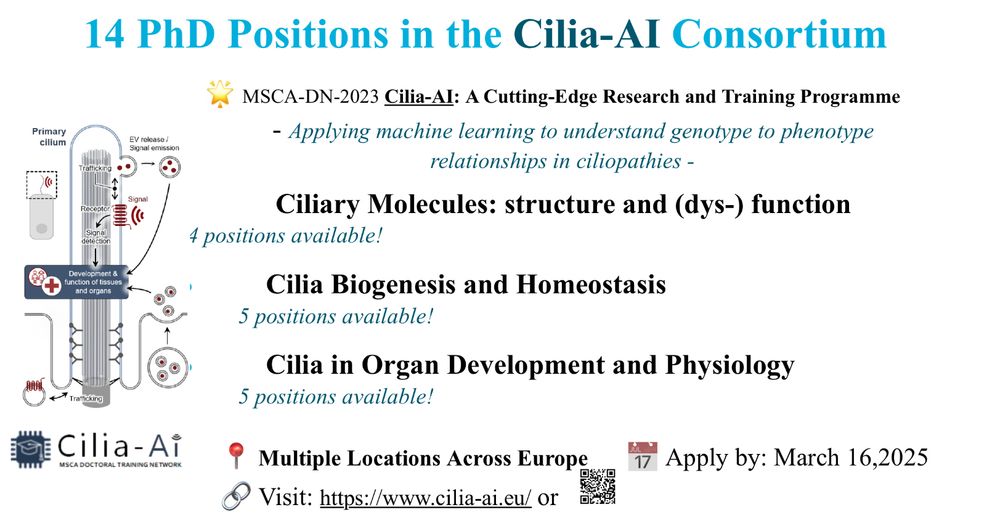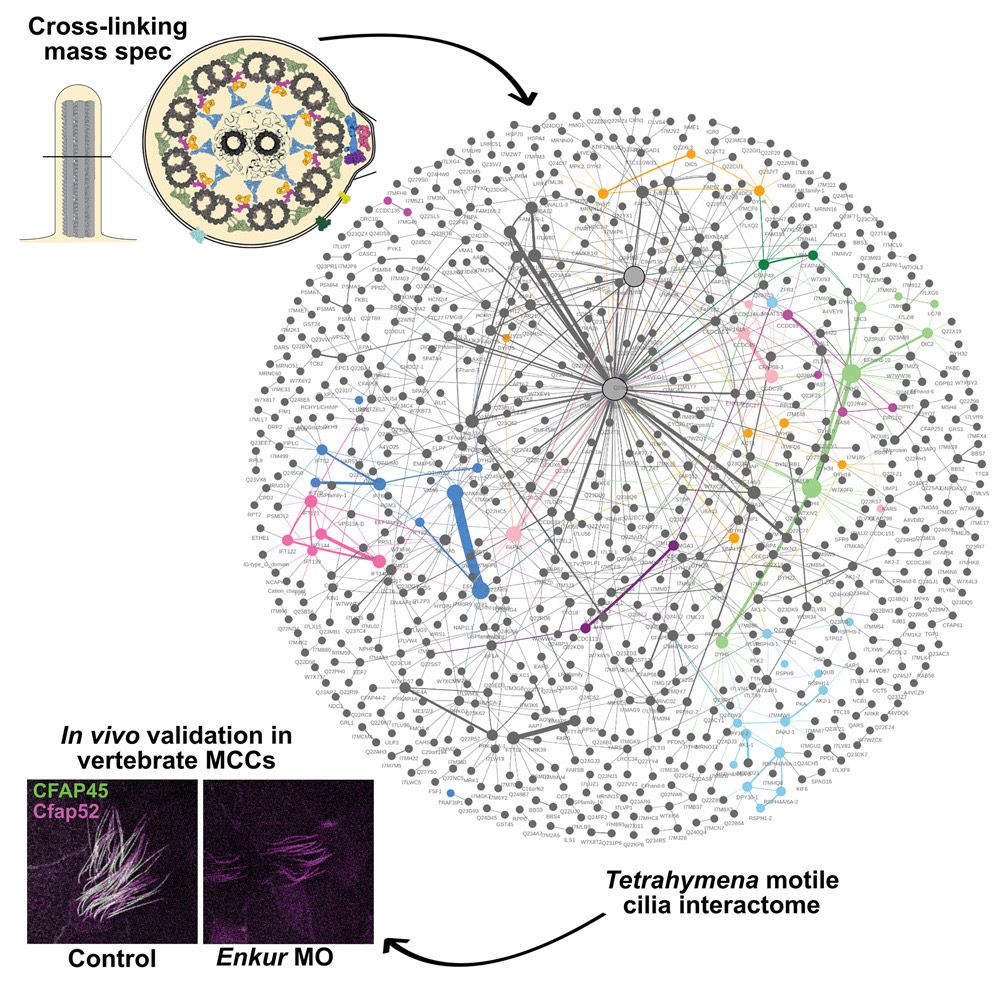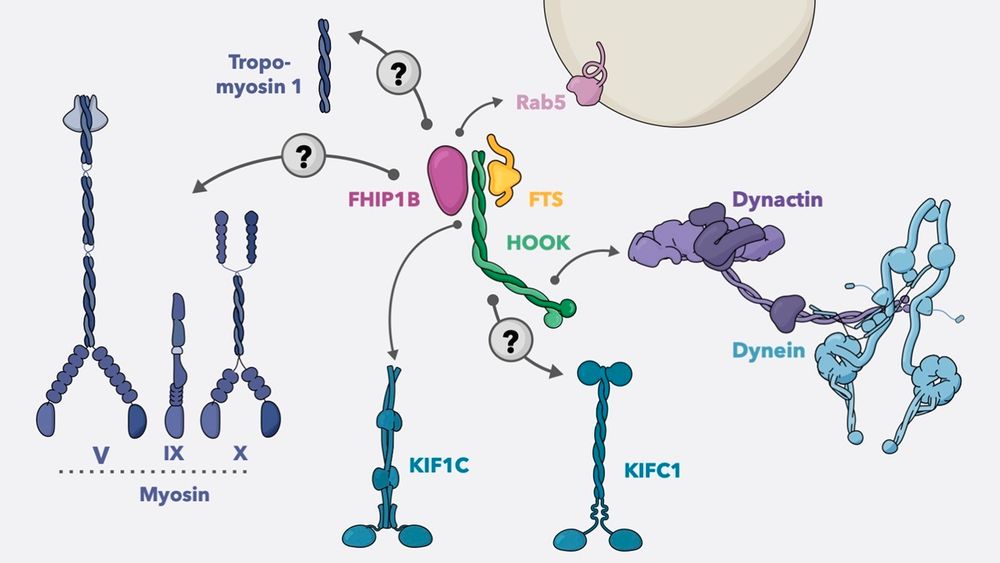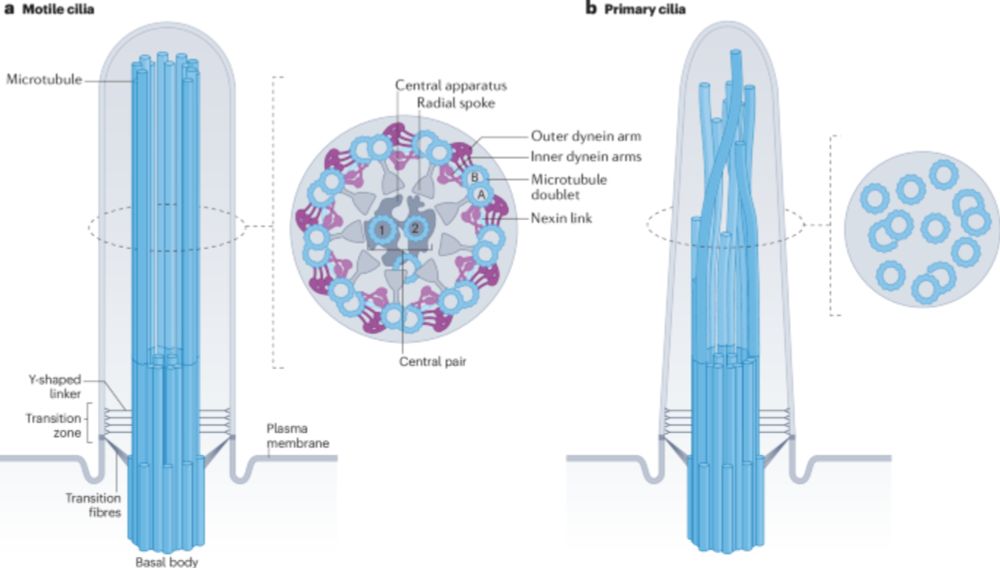samlacey.bsky.social
@samlacey.bsky.social
220 followers
210 following
2 posts
Postdoc in Pigino lab at Human Technopole
Posts
Media
Videos
Starter Packs
Reposted by samlacey.bsky.social
Reposted by samlacey.bsky.social
Reposted by samlacey.bsky.social
Sven Lange
@sven-m-lange.bsky.social
· Aug 20
Reposted by samlacey.bsky.social
Reposted by samlacey.bsky.social
Paolo Swuec
@pscryoem.bsky.social
· Jun 12

Human Technopole - Electron Microscopy (EM) Specialist
APPLICATION CLOSING DATE: July 9th 2025About the InstituteHuman Technopole (HT) is an interdisciplinary life science research institute, created and supported by the Italian government, with the aim o
careers.humantechnopole.it
Reposted by samlacey.bsky.social
Sven Lange
@sven-m-lange.bsky.social
· Apr 29

A conserved mechanism for the retrieval of polyubiquitinated proteins from cilia
The temporospatial distribution of proteins within cilia is regulated by intraflagellar transport (IFT), wherein molecular trains shuttle between the cell body and cilium. Defects in this process impair various signal-transduction pathways and cause ciliopathies. Although K63-linked ubiquitination appears to trigger protein export from cilia, the mechanisms coupling polyubiquitinated proteins to IFT remain unclear. Using a multidisciplinary approach, we demonstrate that a complex of CFAP36, a conserved ciliary protein of previously unknown function, and ARL3, a GTPase involved in ciliary import, binds polyubiquitinated proteins and links them to retrograde IFT trains. CFAP36 uses a coincidence detection mechanism to simultaneously bind two IFT subunits accessible only in retrograde trains. Depleting CFAP36 accumulates K63-linked ubiquitin in cilia and disrupts Hedgehog signaling, a pathway reliant on the retrieval of ubiquitinated receptors. These findings advance our understanding of ubiquitin-mediated protein transport and ciliary homeostasis, and demonstrate how structural changes in IFT trains achieve cargo selectivity. ### Competing Interest Statement The authors have declared no competing interest. Sara Elizabeth O'Brien Trust Postdoctoral Fellowship awarded through the Charles A. King Trust Postdoctoral Research Fellowship Program, , 8460873-01 Richard and Susan Smith Family Foundation, https://ror.org/05j95n956, National Institute of General Medical Sciences (NIGMS), , R01GM141109, R01GM143183
www.biorxiv.org
Reposted by samlacey.bsky.social
Reposted by samlacey.bsky.social
Reposted by samlacey.bsky.social
Reposted by samlacey.bsky.social
Reposted by samlacey.bsky.social
Reposted by samlacey.bsky.social
Yoshi Ichikawa
@ichikawa-lab.bsky.social
· Jan 28

Dynein-2 is tuned for the A-tubule of the ciliary doublet through tubulin tyrosination
Eukaryotic cilia and flagella are thin structures present on the surface of cells, playing vital roles in signaling and cellular motion. Cilia structures rely on intraflagellar transport (IFT), which ...
www.biorxiv.org
Reposted by samlacey.bsky.social
Pengxin Chai
@pengxinchai.bsky.social
· Jan 21

DNAHX: a novel, non-motile dynein heavy chain subfamily, identified by cryo-EM endogenously
Ciliogenesis and cilia motility rely on the coordinated actions of diverse dyneins, yet the complexity of these motor proteins in cilia has posed challenges for understanding their specific roles. Tra...
www.biorxiv.org
Reposted by samlacey.bsky.social
Reposted by samlacey.bsky.social
Reposted by samlacey.bsky.social
Reposted by samlacey.bsky.social
Reposted by samlacey.bsky.social
Lisa Heinke
@lisaheinke.bsky.social
· Nov 14
The intraflagellar transport cycle - Nature Reviews Molecular Cell Biology
Intraflagellar transport (IFT) ensures delivery of selected proteins into cilia. The IFT protein complexes IFT-A and IFT-B polymerize at the base of the cilium to form an anterograde train that facili...
www.nature.com

